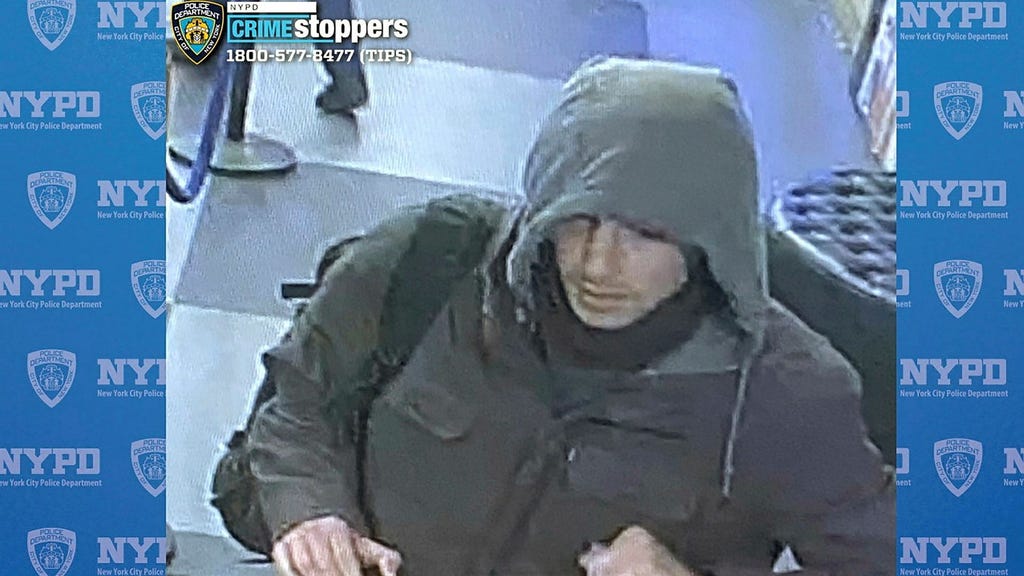The bustling metropolis of New York City has become the epicenter of an intense manhunt following the shocking assassination of Brian Thompson, a prominent CEO. The NYPD, in conjunction with federal agencies, has embarked on a comprehensive investigation, meticulously combing through the city’s intricate web of surveillance footage. Every frame, every pixel, is being scrutinized in the hopes of uncovering the killer’s movements before, during, and after the brazen attack. Detectives are painstakingly retracing Thompson’s final steps, mapping his interactions, and analyzing potential threats leading up to the tragic event. The urgency of the case is palpable, as law enforcement agencies race against time to apprehend the perpetrator before they can strike again or disappear into the anonymity of the urban landscape. The investigation has mobilized a significant portion of the city’s resources, underscoring the gravity of the crime and the unwavering commitment to bring the killer to justice.
Beyond the relentless pursuit through surveillance footage, forensic teams are meticulously processing the crime scene and any potential locations connected to the suspect. The search for DNA evidence, a critical component in modern criminal investigations, is underway, involving the painstaking collection of biological material from the scene, the victim, and any potential touchpoints. Fingerprints, another crucial identifier, are being meticulously lifted and analyzed, compared against vast databases in the hopes of finding a match. The intricacies of forensic science are being deployed to their fullest extent, providing a microscopic lens into the events surrounding the murder. This painstaking process, though time-consuming, offers the potential to unearth invaluable clues, linking the perpetrator to the crime scene and ultimately leading to their identification and apprehension.
Adding a perplexing layer to the investigation is an image captured by a security camera, depicting the suspect engaged in seemingly innocuous flirtation with the receptionist at a local hostel. This seemingly mundane interaction, caught in a fleeting moment, has become a focal point of the investigation, raising questions about the suspect’s motives, demeanor, and psychological profile. The image, now widely circulated among law enforcement agencies, offers a glimpse into the suspect’s personality, potentially providing insights into their behavior patterns and mindset. Investigators are scrutinizing the interaction, analyzing body language, facial expressions, and any discernible cues that might shed light on the suspect’s character and intentions.
Candice Long, a seasoned former FBI profiler, believes this seemingly insignificant act of flirtation could prove to be the suspect’s undoing. Long posits that the suspect, driven by a need for validation or a desire to blend in, inadvertently exposed themselves through this seemingly casual interaction. The act of flirting, Long suggests, could be indicative of a narcissistic personality, a need for attention, or even a warped sense of control. This seemingly trivial act of human interaction, captured in a still image, has become a crucial element in the psychological puzzle of the investigation, potentially providing the key to unlocking the suspect’s identity and motive. Long’s expertise in criminal profiling adds a crucial dimension to the investigation, highlighting the importance of analyzing seemingly inconsequential behaviors to understand the complex motivations of a criminal mind.
The implications of this seemingly innocuous flirtation are multifaceted. Firstly, it provides investigators with a valuable image of the suspect, which can be disseminated to the public and other law enforcement agencies, expanding the reach of the manhunt. Secondly, it offers a glimpse into the suspect’s personality and behavior, potentially aiding in the construction of a psychological profile. This profile can, in turn, inform investigative strategies, helping law enforcement predict the suspect’s next move or identify potential hiding places. Finally, the image serves as a stark reminder of the human element in even the most heinous crimes. The suspect, despite their alleged actions, is still capable of seemingly normal human interaction, blurring the lines between the monstrous and the mundane.
The investigation into Brian Thompson’s murder continues to unfold, with the image of the suspect’s flirtation serving as a crucial piece of the puzzle. As law enforcement agencies relentlessly pursue every lead, the city of New York holds its breath, awaiting justice for the slain CEO. The captured image, initially perceived as a trivial detail, has become a symbol of hope, a potential key to unlocking the mystery surrounding Thompson’s death. The investigation stands as a testament to the dedication and perseverance of law enforcement, their unwavering commitment to bringing even the most elusive criminals to justice, and the power of seemingly insignificant details in unraveling complex criminal cases.














